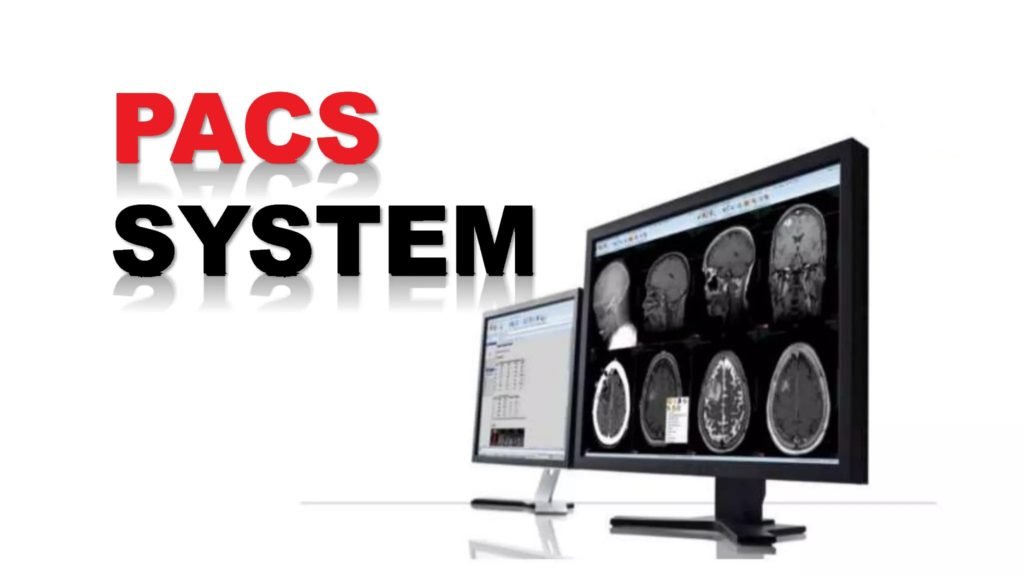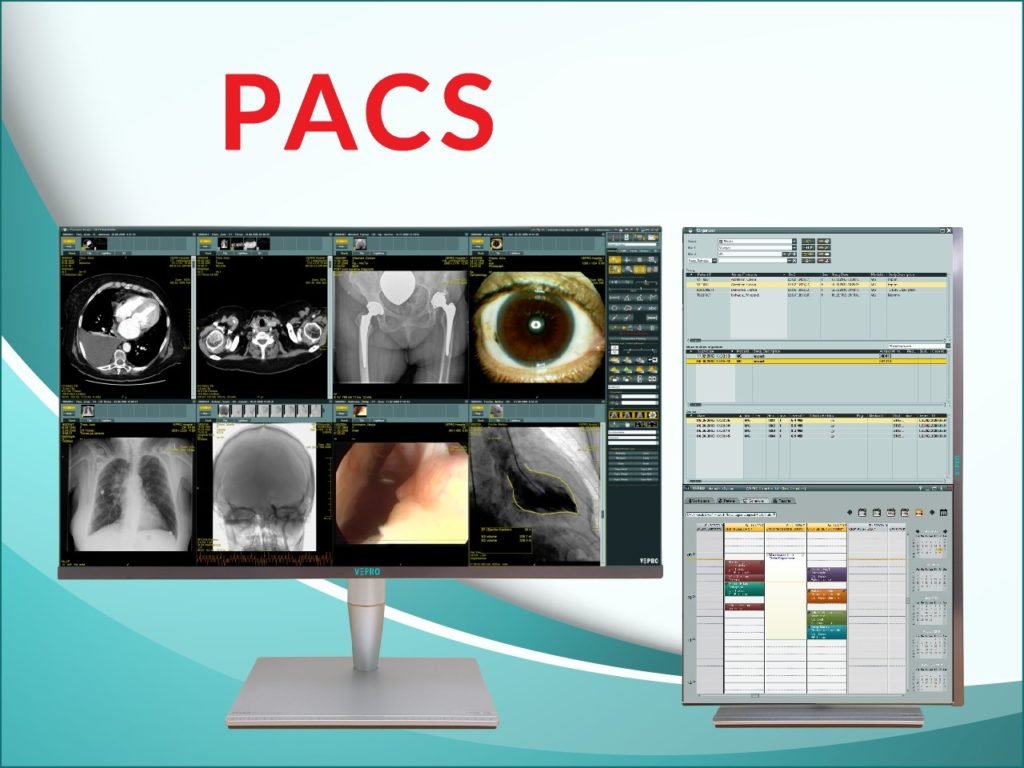In the world of healthcare, technology plays a crucial role in improving patient care and streamlining processes. One such technological advancement is the Picture Archiving and Communication System (PACS). In this blog post, we will delve into the details of what are PACS, its benefits, and how it revolutionizes medical imaging and data management. From its definition to its practical applications, we will explore all aspects of PACS to provide a comprehensive understanding of this innovative system.
What are Picture Archiving and Communication Systems (PACS)?
PACS is a medical imaging technology that enables the storage, retrieval, and distribution of digital medical images. It replaces traditional film-based imaging with a digital platform, allowing healthcare providers to access patient images and related data electronically.
How does PACS work?
PACS consists of four main components: imaging modalities, a secure network, workstations, and archives. Firstly, imaging modalities such as X-ray, MRI, or CT scanners capture medical images digitally. These images are then transmitted securely through the network to a PACS server. At the server, the images are stored in a central archive, which can be accessed by authorized personnel from various workstations within the healthcare facility.
What are the benefits of using PACS?
PACS offers numerous advantages over traditional film-based systems. Firstly, it eliminates the need for physical storage space for film and simplifies image retrieval, reducing the risk of losing or misplacing images. Additionally, PACS allows for easy sharing and collaboration between healthcare providers, enabling faster and more accurate diagnoses. It also minimizes the risk of image degradation over time, as digital images can be stored indefinitely without quality loss. Furthermore, PACS enhances patient care by providing quick access to previous images for comparison, facilitating comprehensive treatment plans.
How does PACS improve workflow efficiency?
PACS streamlines the entire medical imaging process, resulting in increased workflow efficiency. With digital images readily available, healthcare providers can make diagnoses faster, leading to quicker treatment decisions. Moreover, PACS eliminates the need for physical transportation of film, reducing delays and increasing productivity. The system also enables remote access to images, allowing physicians to review and interpret them from any location, further improving efficiency and patient care.

How does PACS enhance data security?
PACS incorporates robust security measures to protect patient data. Access to the system is restricted to authorized personnel, ensuring confidentiality. Additionally, PACS offers data encryption during transmission, safeguarding patient information from unauthorized interception. Regular backups and disaster recovery measures are also implemented to prevent data loss.
Conclusion
PACS is a revolutionary system that has transformed medical imaging and data management. By digitizing and centralizing patient images, PACS improves efficiency, collaboration, and patient care. Its benefits, such as easy image retrieval, remote accessibility, and enhanced data security, make it an indispensable tool in modern healthcare facilities. As technology continues to advance, PACS will undoubtedly play a crucial role in shaping the future of medical imaging.

